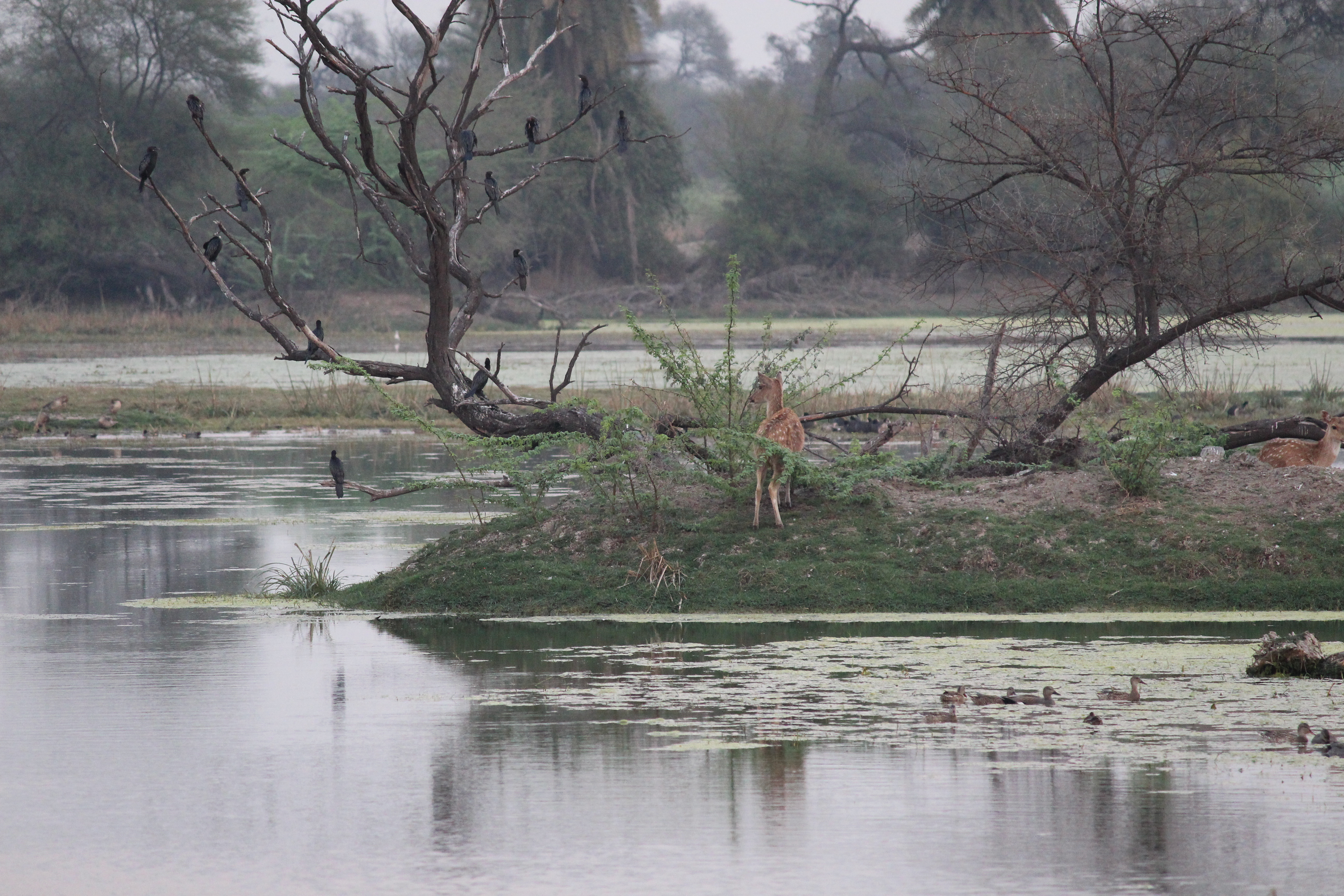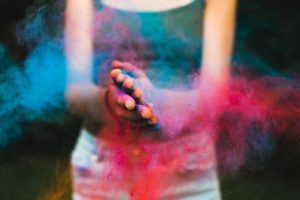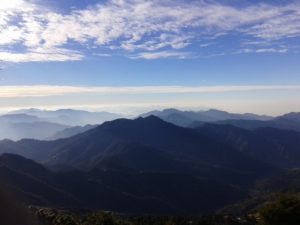Keoladeo National Park
– Nature lovers’ paradise !!!
Weekends used to propose those much needed moments to plan for leisure trips a few months ago. Now that the world is changed and every day is a week day yet weekend at the same time, these trips seem to be very distant but none the less in the hope that those bygone days will come soon, here are the reminiscences of a recent trip.
It was just like any other Saturday morning when we planned to visit the famous Keoladeo (Shiva) bird sanctuary located in Bharatpur, Rajasthan. Formerly known as Bharatpur bird sanctuary, famous for hosting more than 350 species of birds, this 29 sq. km. of bird paradise was managed as a duck reserve in the 19th century. After declaration of National Park in 1982, it has become a wetland of national importance where birds migrating from Central Asia congregate on their journey to other regions. This is the only national park in the country enclosed by a high boundary wall which minimizes the possibility of external invasion.
A famous avifauna sanctuary that has earned the status of World Heritage Site, you can spot thousands of birds here especially in winter season so plan your trip ideally between November and March.

The trip
On the way to the sanctuary, we planned to cover ‘Deeg Palace’ but to our disappointment it was closed. The road leading to the palace was not motorable, somehow we managed to reach the lake palace which is 1 km further.
Nothing grand but an elegant garden area, closed fountains, a lake and huge compound to have Instagram worthy pictures. We were told that the movie Siddhartha was shot there, as were Mughal-e-Azam and Noorjahan.
After an hour of chit chatting we decided to reach Bharatpur where we had already booked our hotel “The Bagh-Bharatpur” (situated close to the sanctuary), through Hitch-Hike at a very good tariff.
The property looked like a converted fort with rooms of mixed sizes arraigned over a large area. The reception was quite dull. The only saving grace seemed the fresh from farm vegetables. While booking, you should include food along with your stay since there are no nearby restaurants.
We were told that the best time to spot the birds is either early in the morning or in the evening. To save time, we immediately decided for the evening, the same day.
One has the option to hire cycles or rickshaw as a means of conveyance. Cycle pullers double as guides but hiring a trained guide with binocular is recommended to sight the birds like Eurasian coot, purple heron, darter, painted stork, whistling ducks etc that flock to the breeding site from across the world, spanning distances across thousands of kilometers from Russia, China, Srilanka, Europe and Tibet.
Birdwatching:
With no vehicles allowed inside, silence is interrupted only by chirping of birds.
It was a pleasure watching the Nilgais roaming freely in the serenity of the forest.
We clicked a spotted owl taking a little nap just before the sun was about to set.
Look at these spot billed ducks standing in absolute harmony with a perfect background.
There were plenty of painted storks in the park near the wetlands or marshes looking for their catch. It was a delight to watch them flying with their head and neck drooping almost at or below the belly level.
In frame are the Eurasian coot which are recognised by their snowy white bill and forehead shield. You can find them popping their head from water time and again in search of food.
The Indian darter has a neck that look like a snake, hence the name snake bird. They would dive into the water for catching small fish and then will dry their wings before planning the next dive. You will find a number of them doing the same in the park.
Purple Heron was surprisingly well hidden when the guide pointed us to a specific spot where she was preparing for her next meal.

Rickshaw pullers are well trained and continue to guide you throughout even if you are trying hard to scan the jungle yourself in case you spot some more birds. You can observe a very famous spot for sunset and click pictures of birds against that backdrop if you are skilled, unlike me.
I am not a professional photographer but if you see the pictures which I clicked you would understand that the background is so beautiful that you need no training. With us going further we spotted yet another cormorant and this time I could click well enough in time. Not a bad click I guess?
If you are hungry then you can get food in canteen (located at middle of the park) but make sure to behave responsibly and dispose your garbage in a bin or carry it back with you.
National Parks are much adored by the generations who have sought solace and wisdom in their presence and now it is our role to conserve them for generations to come.
I never knew that I would enjoy it so much that I would regret not coming here earlier. There was something mystic about this place that is inexplicable.
I will wait for the readers/ travellers to comment on it.
Some facts:
- Our guide took around 1100 INR (for 10 pax) and the rickshaw charged INR150 per person but it is highly negotiable and they expect high tips after the tour
- We could spot all these birds in 3-4 hrs in the evening in the month of February so plan your visit accordingly
- It is difficult to spot the birds without binoculars so choose your guide wisely
- It is completely safe to roam even if you do not wish to hire a rickshaw or hire a guide
Happy hitchhiking !!!




